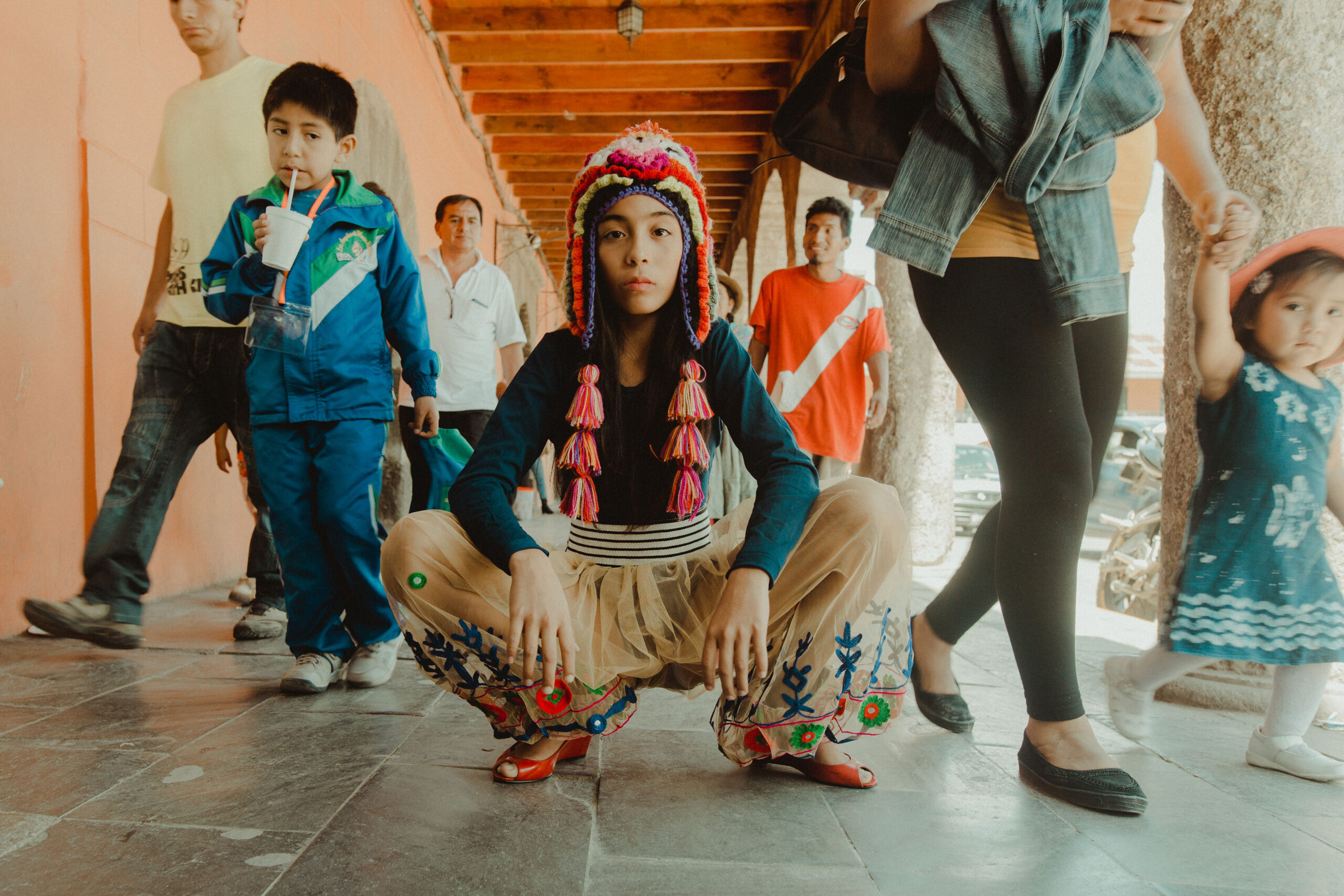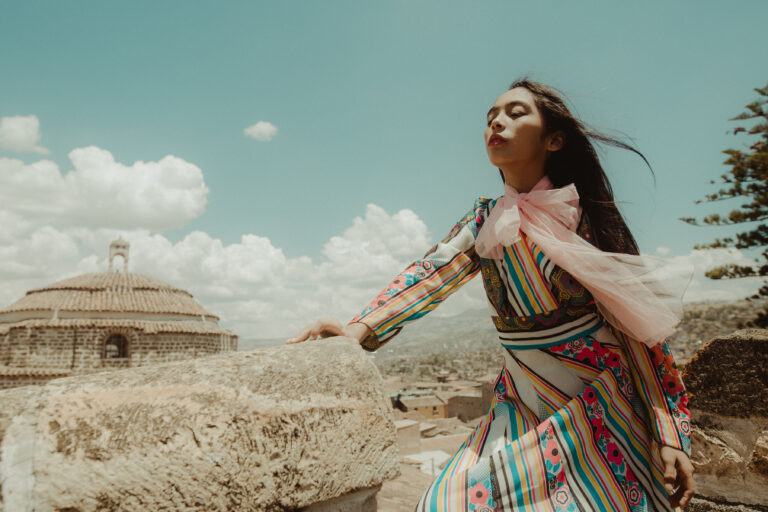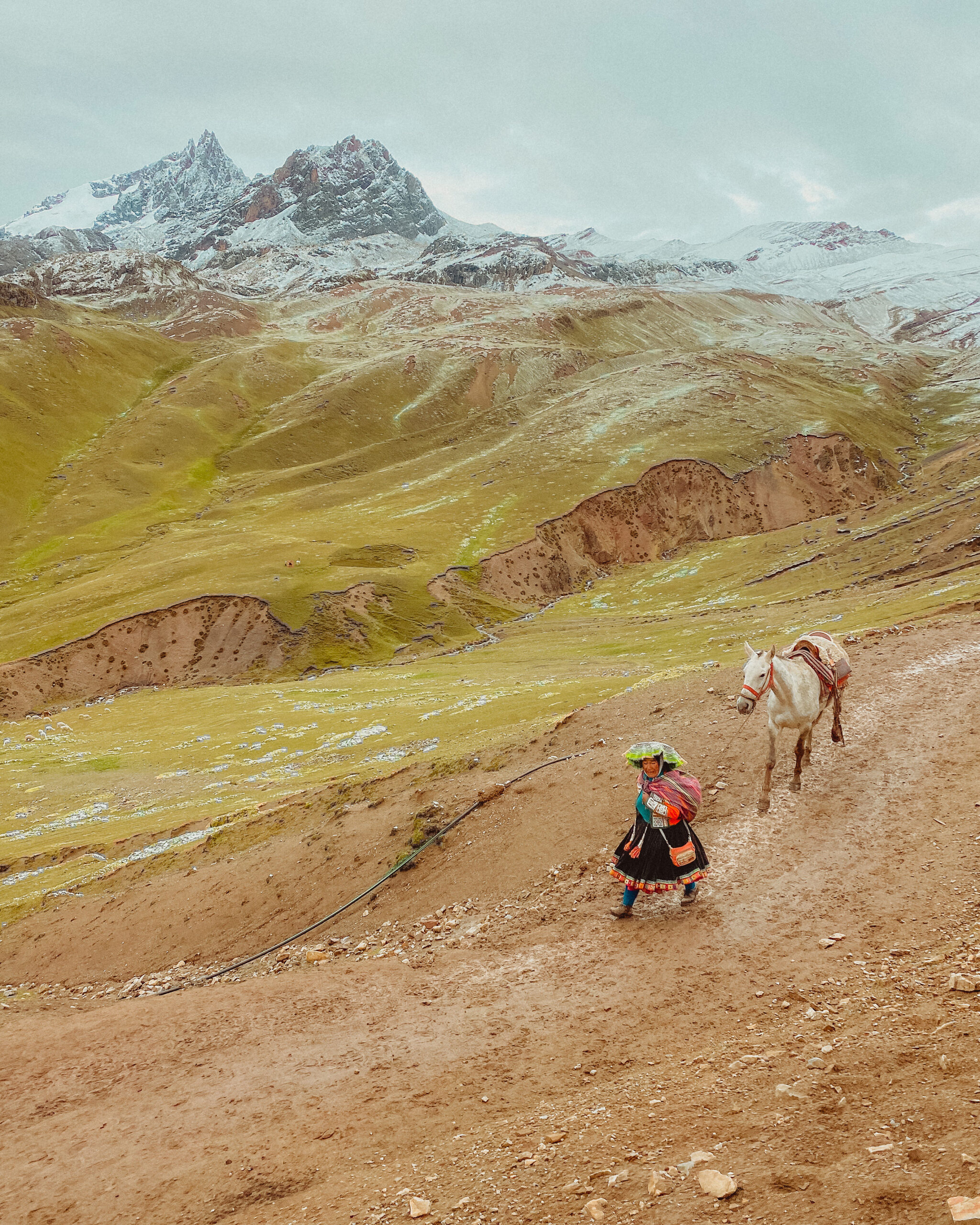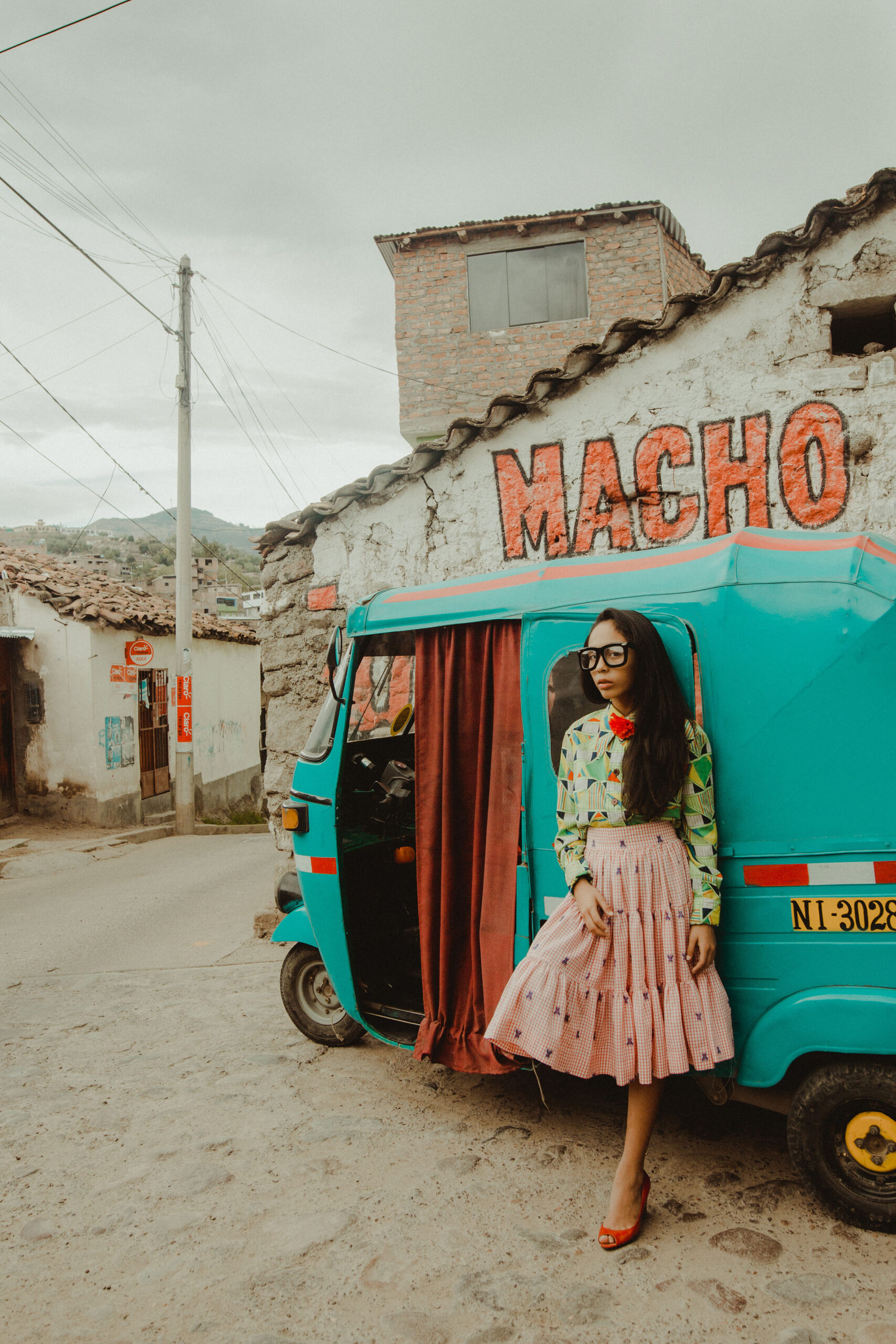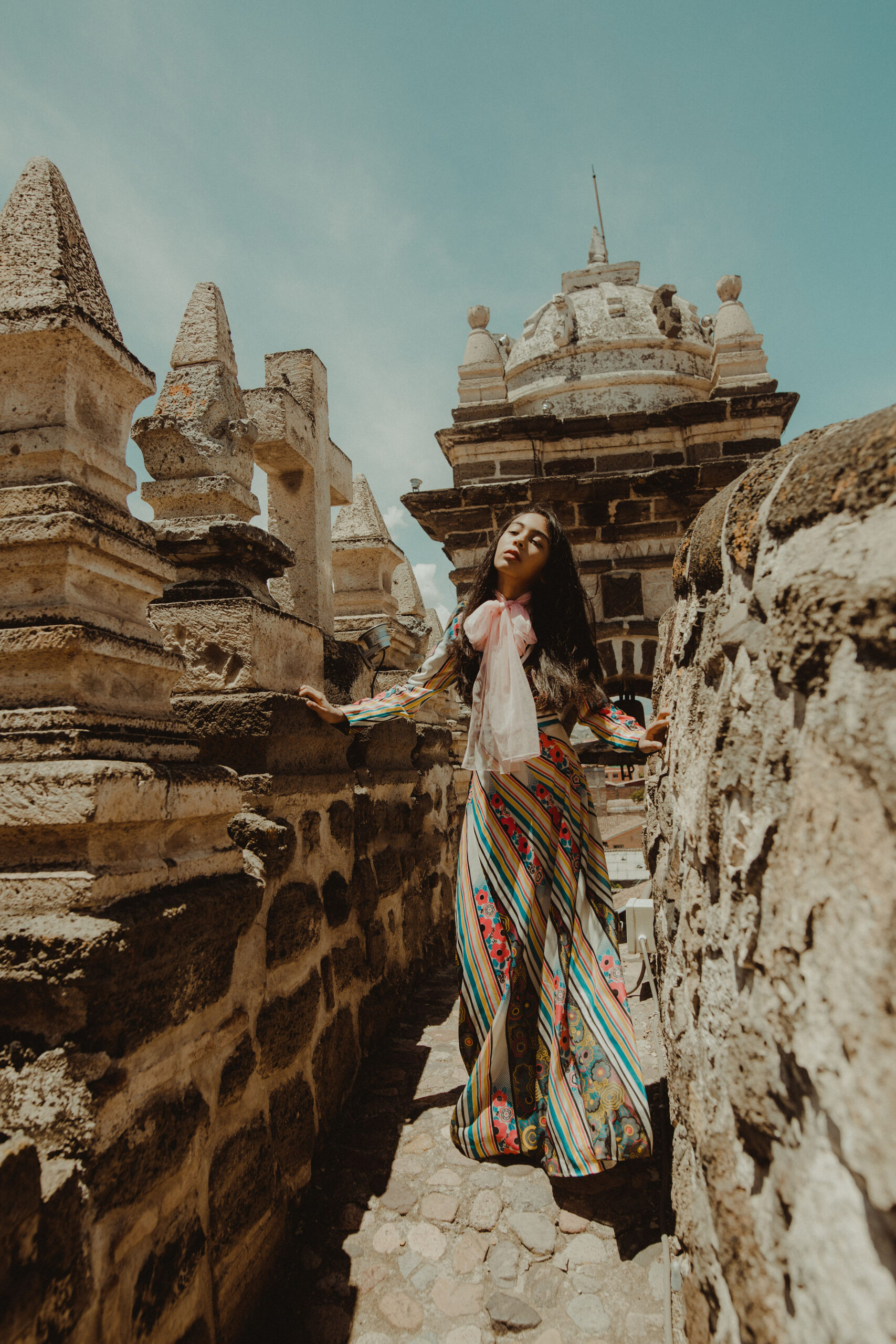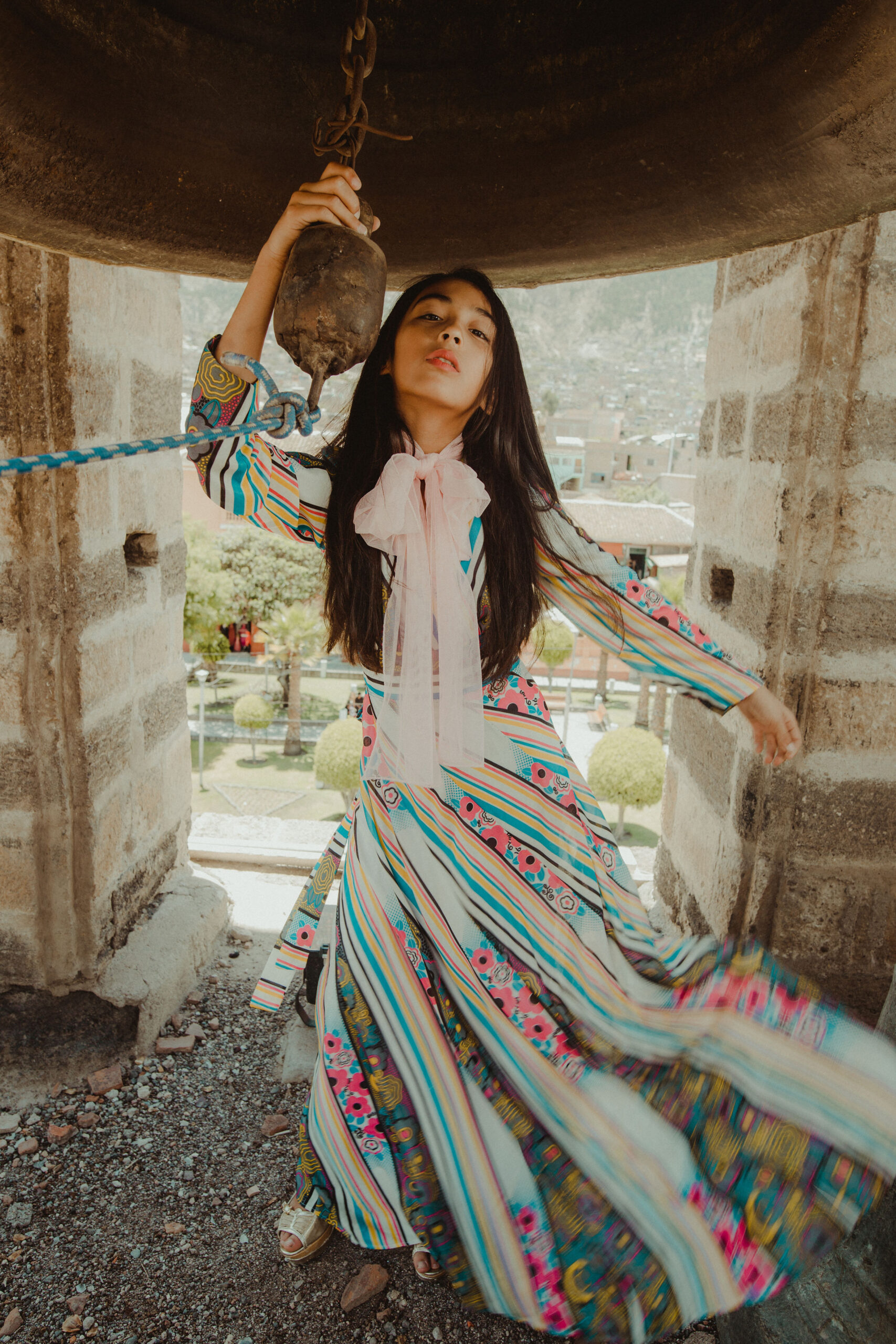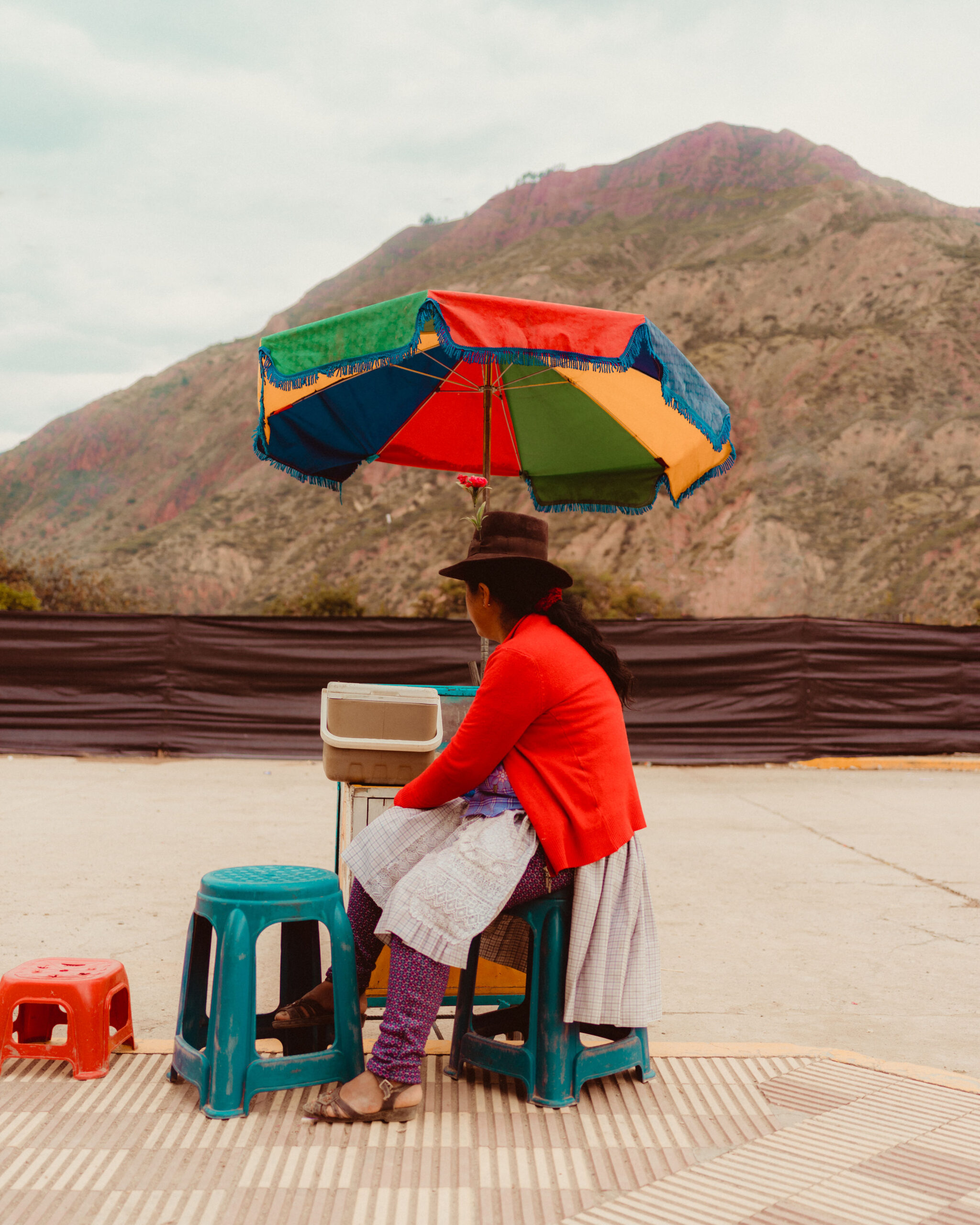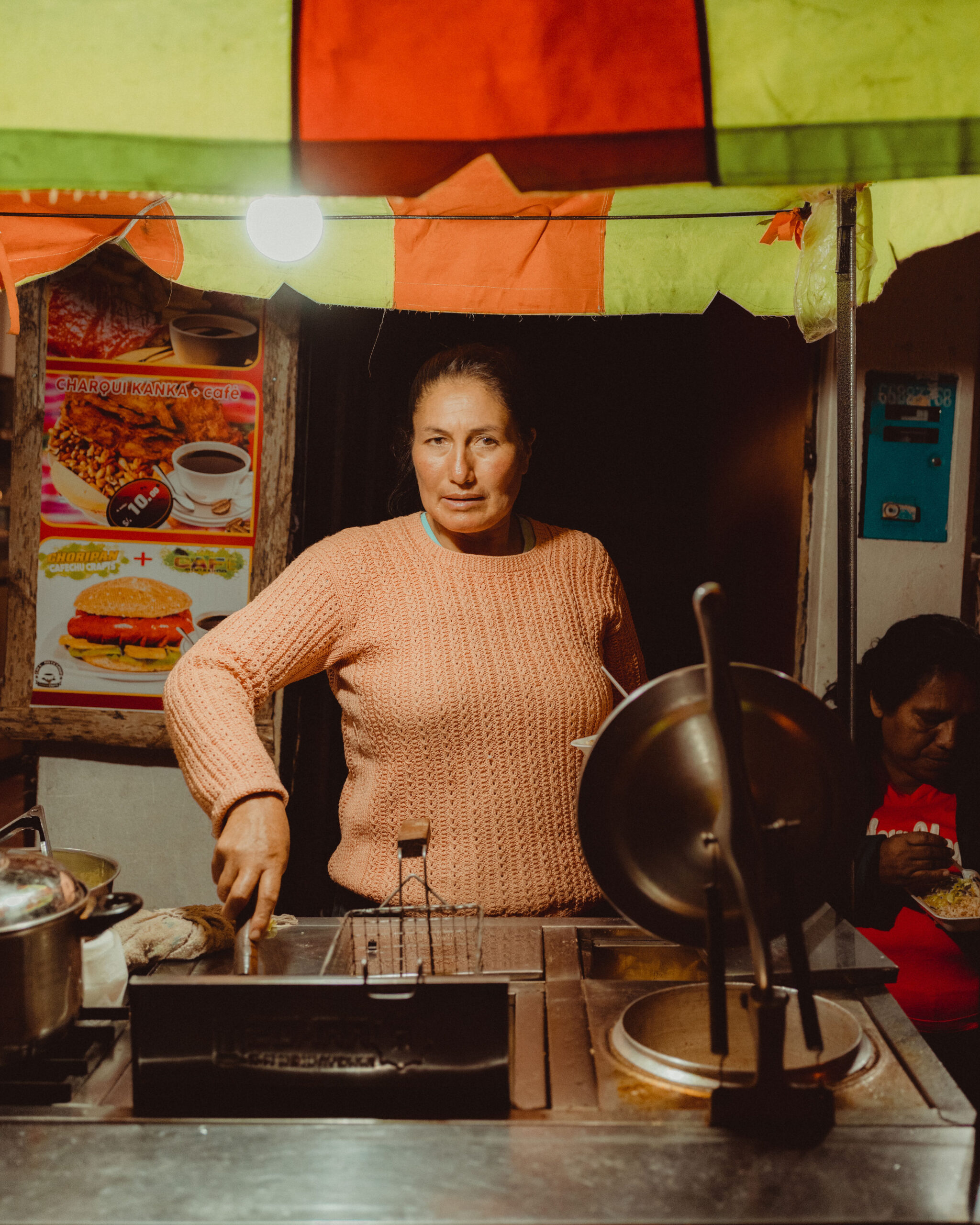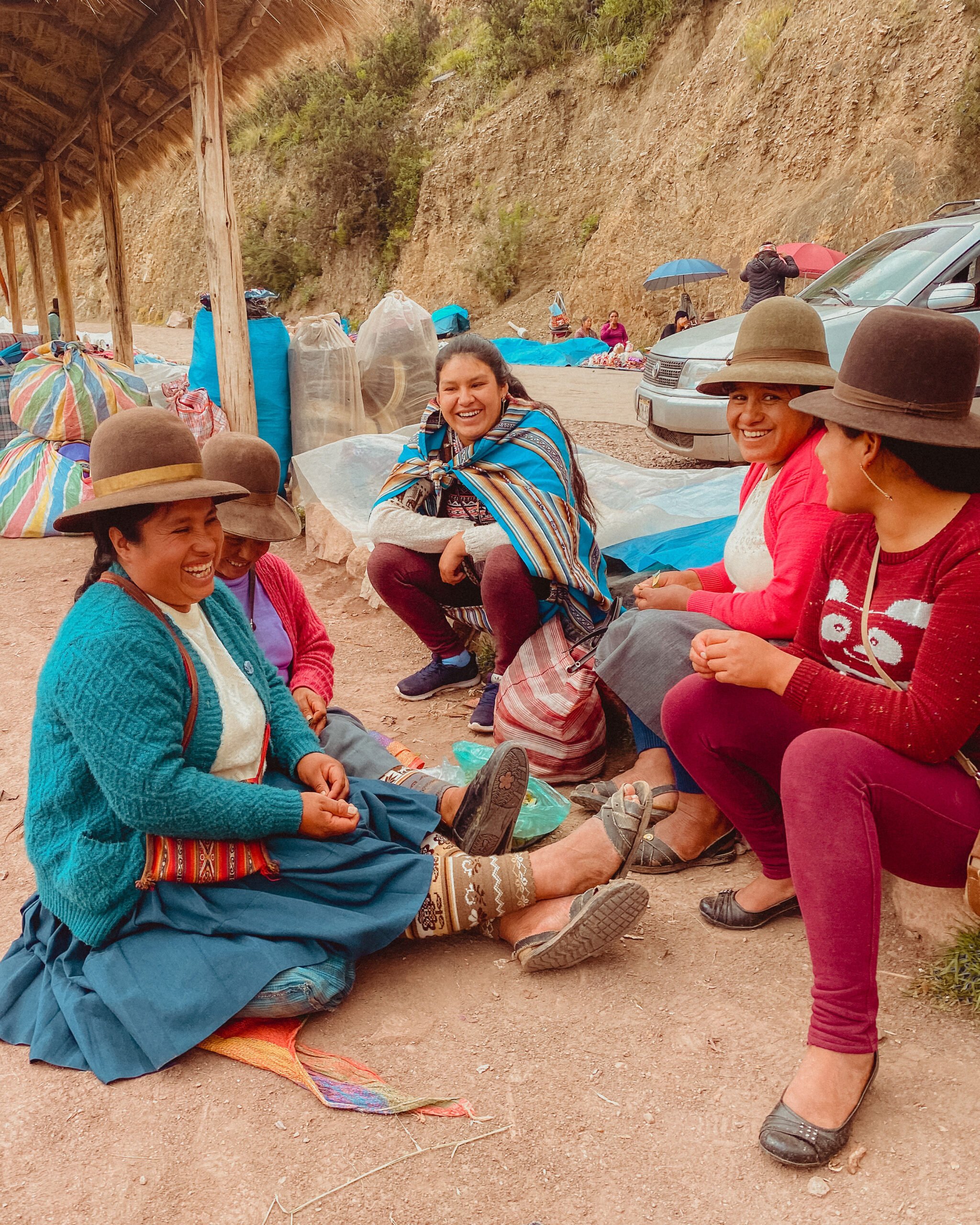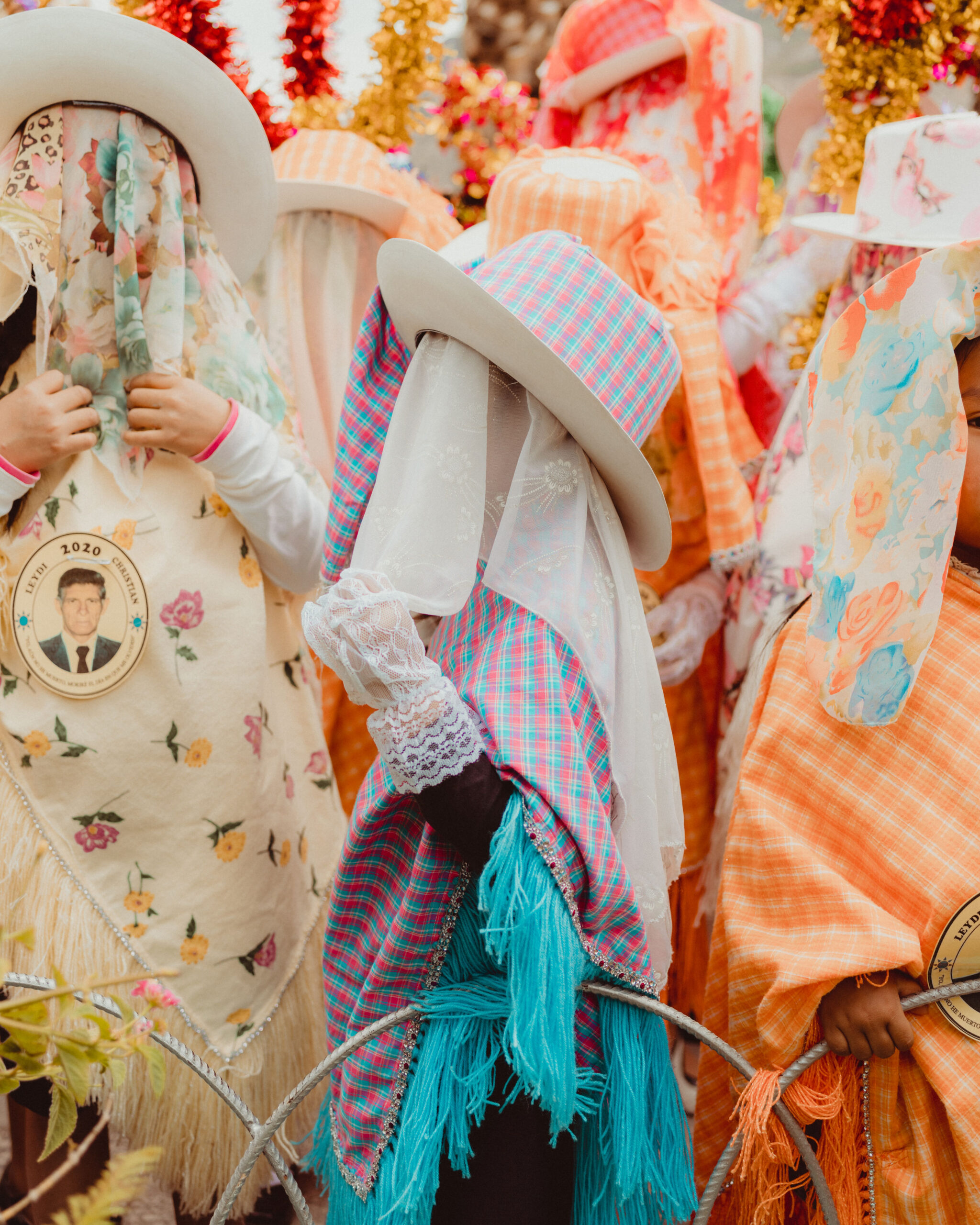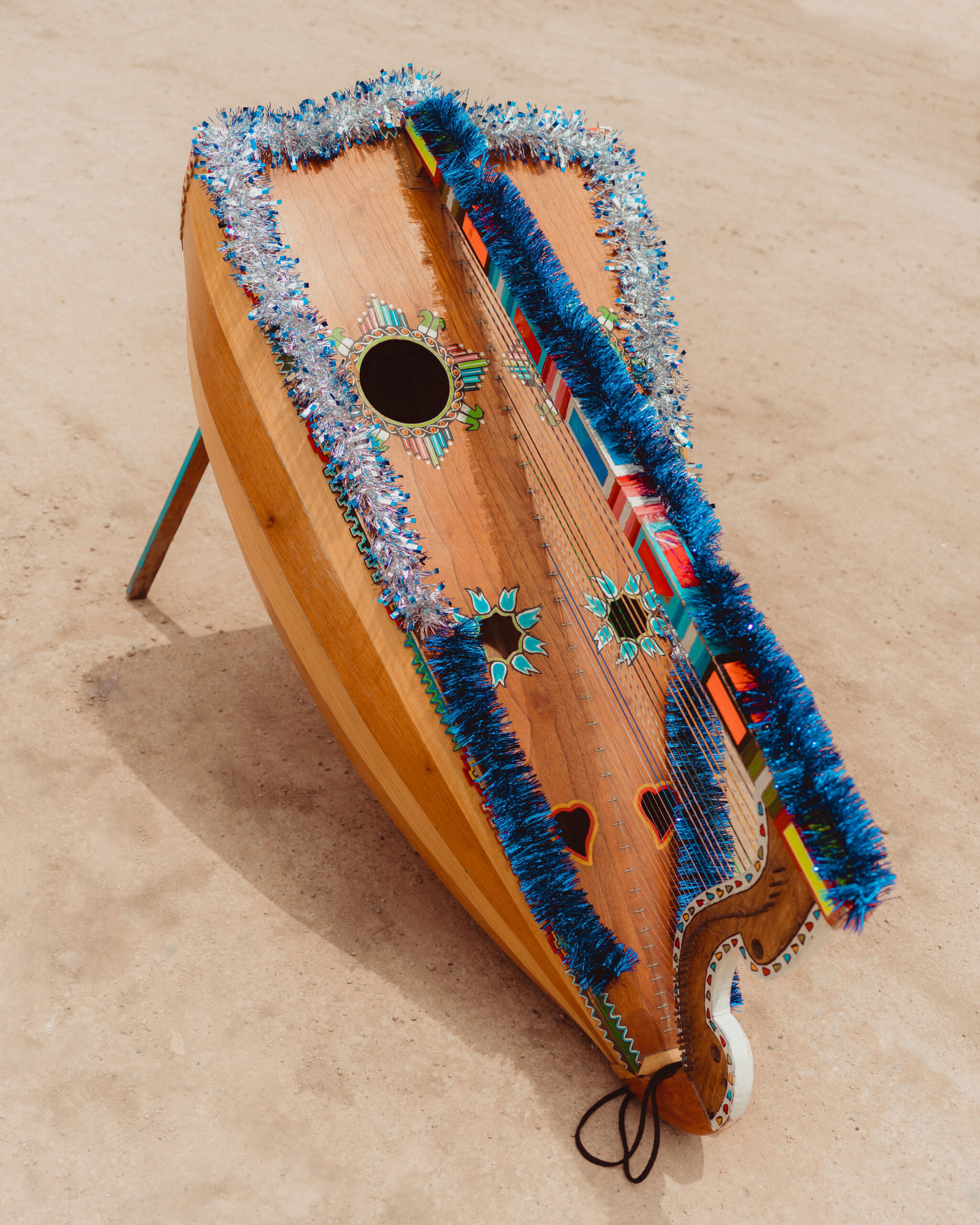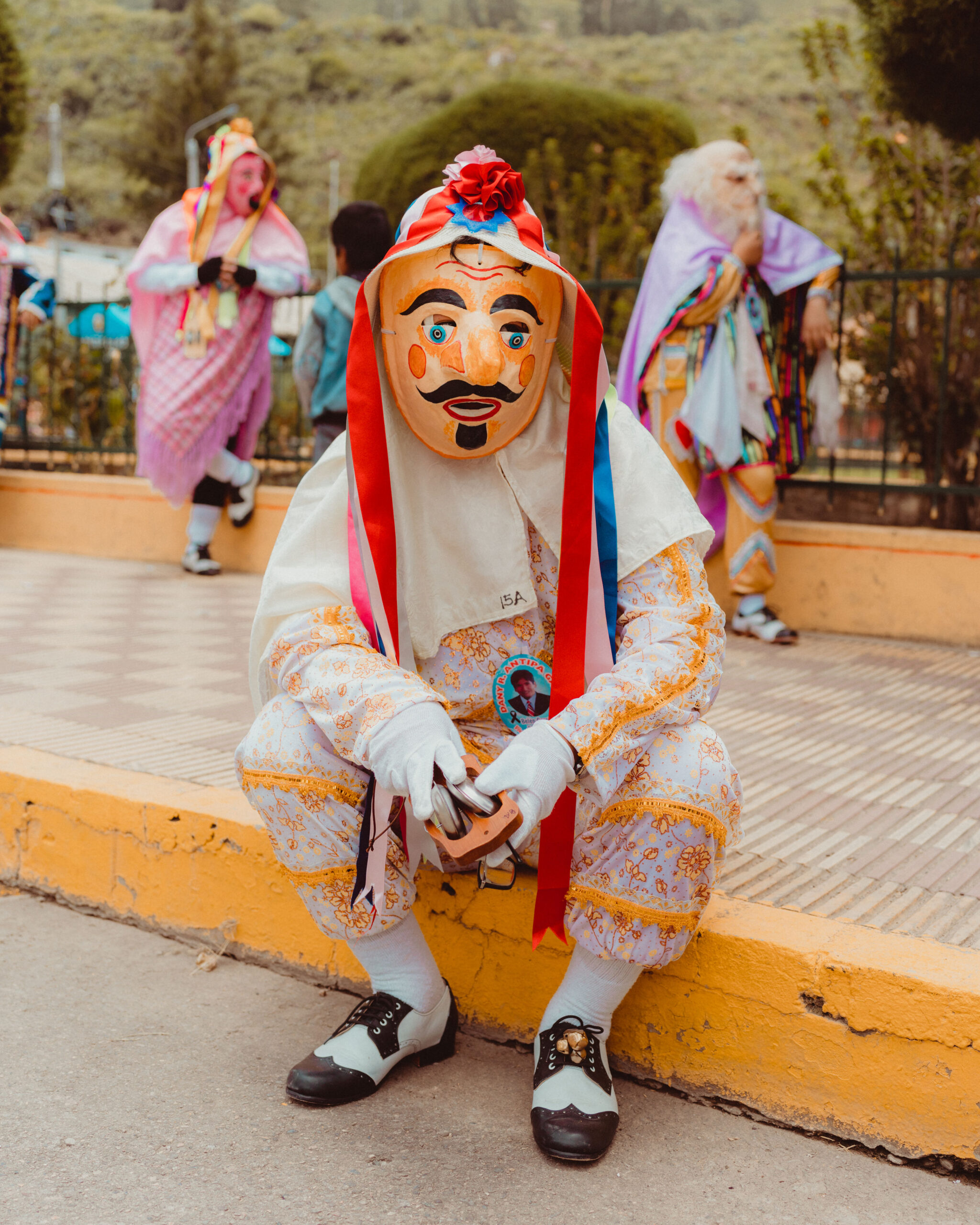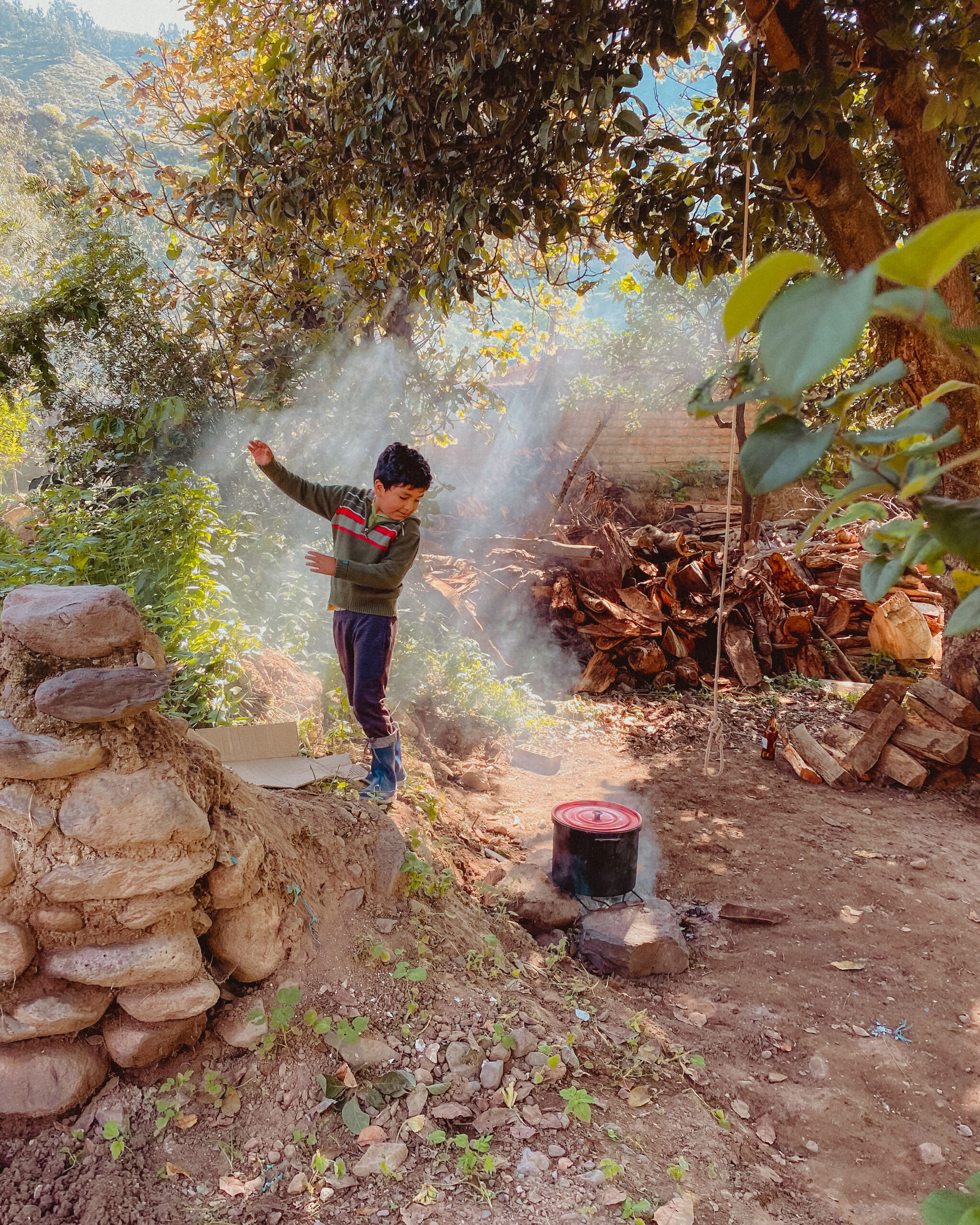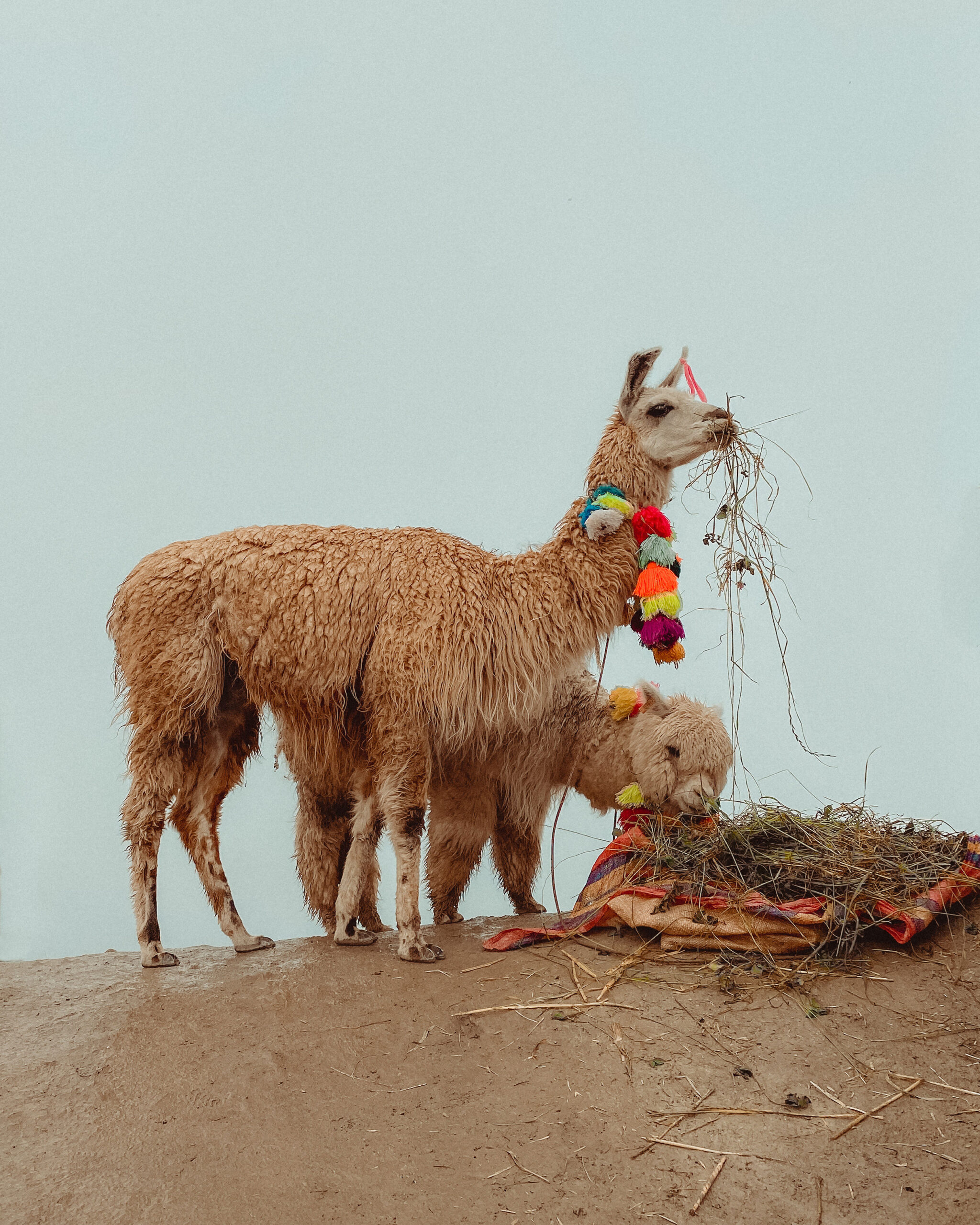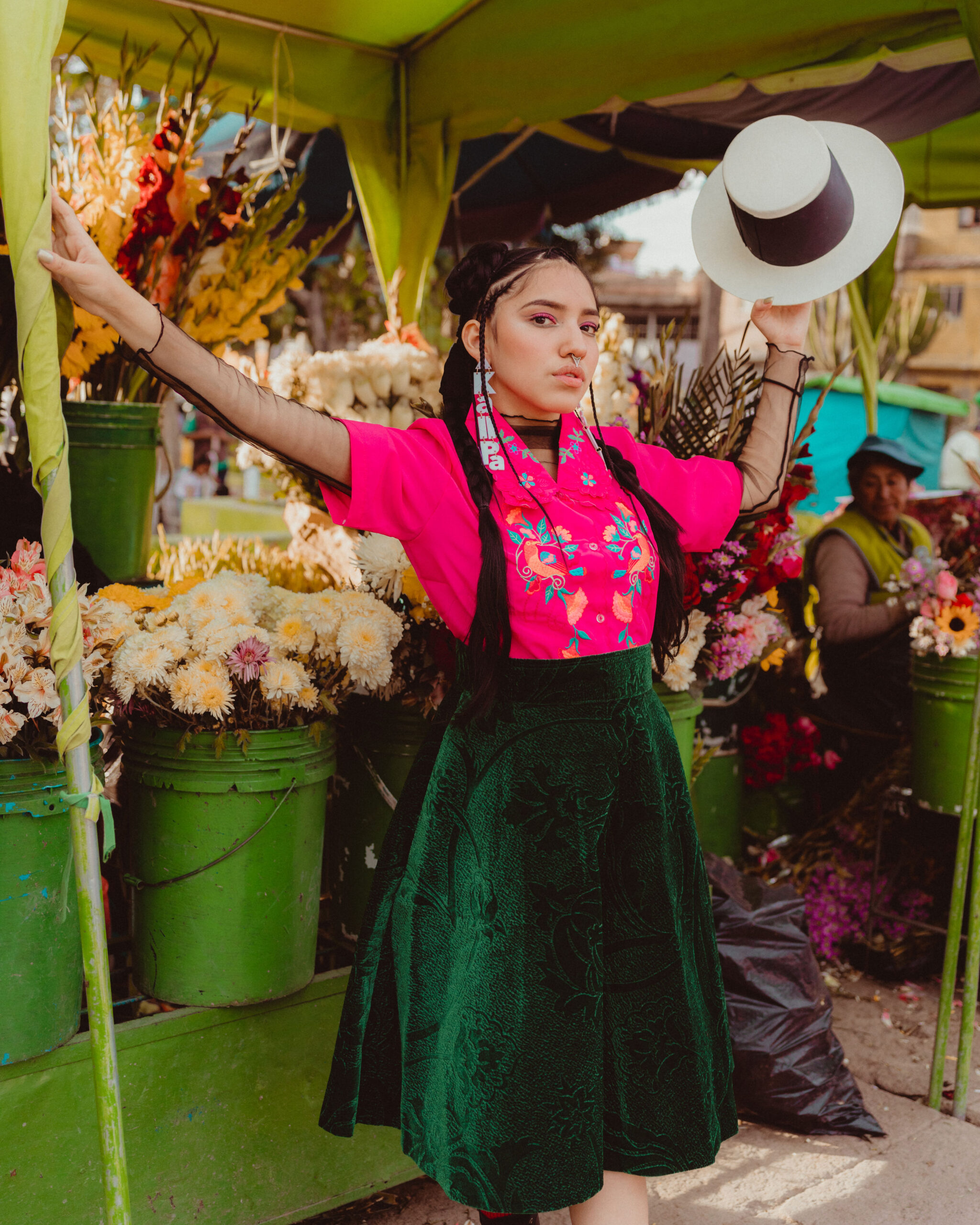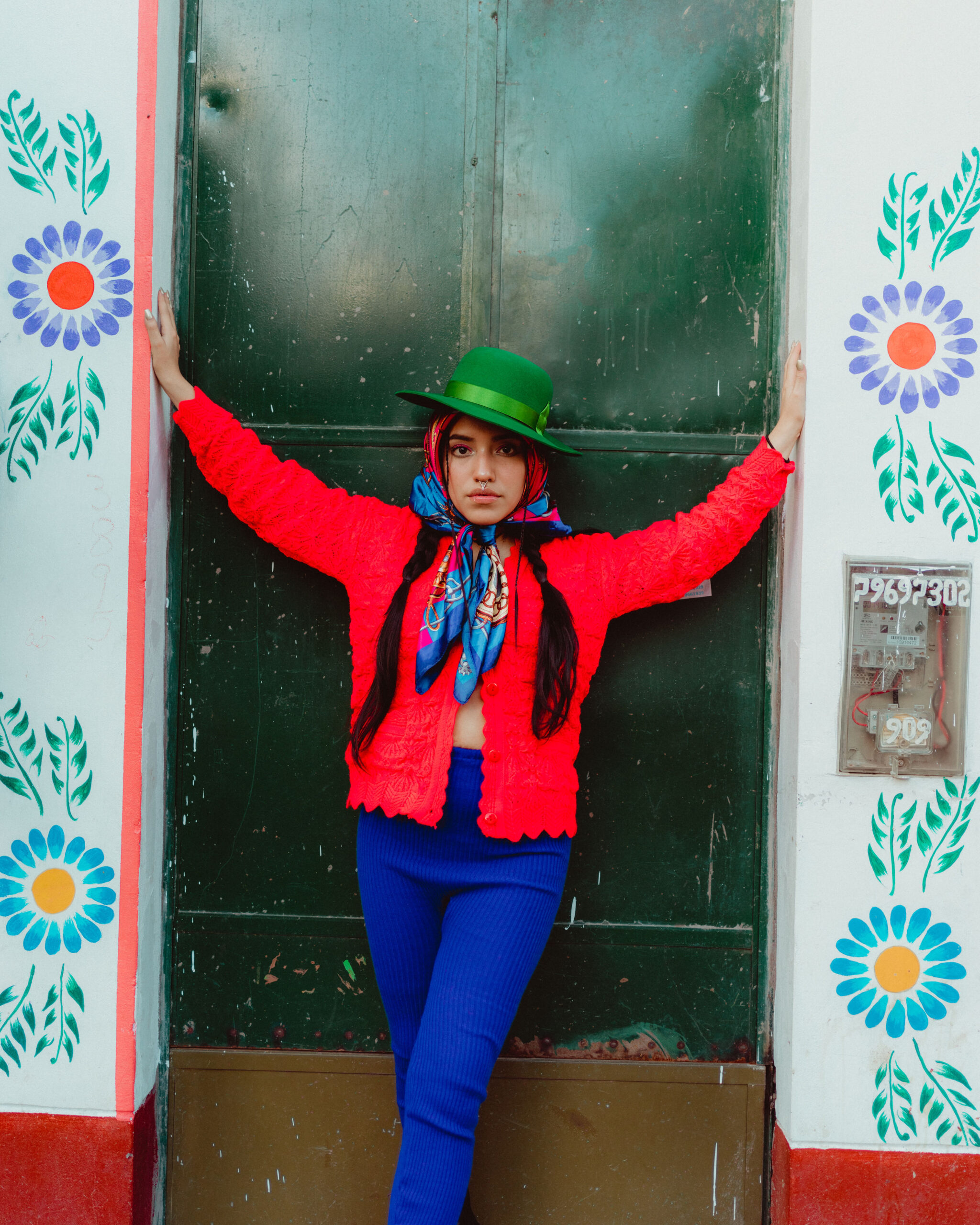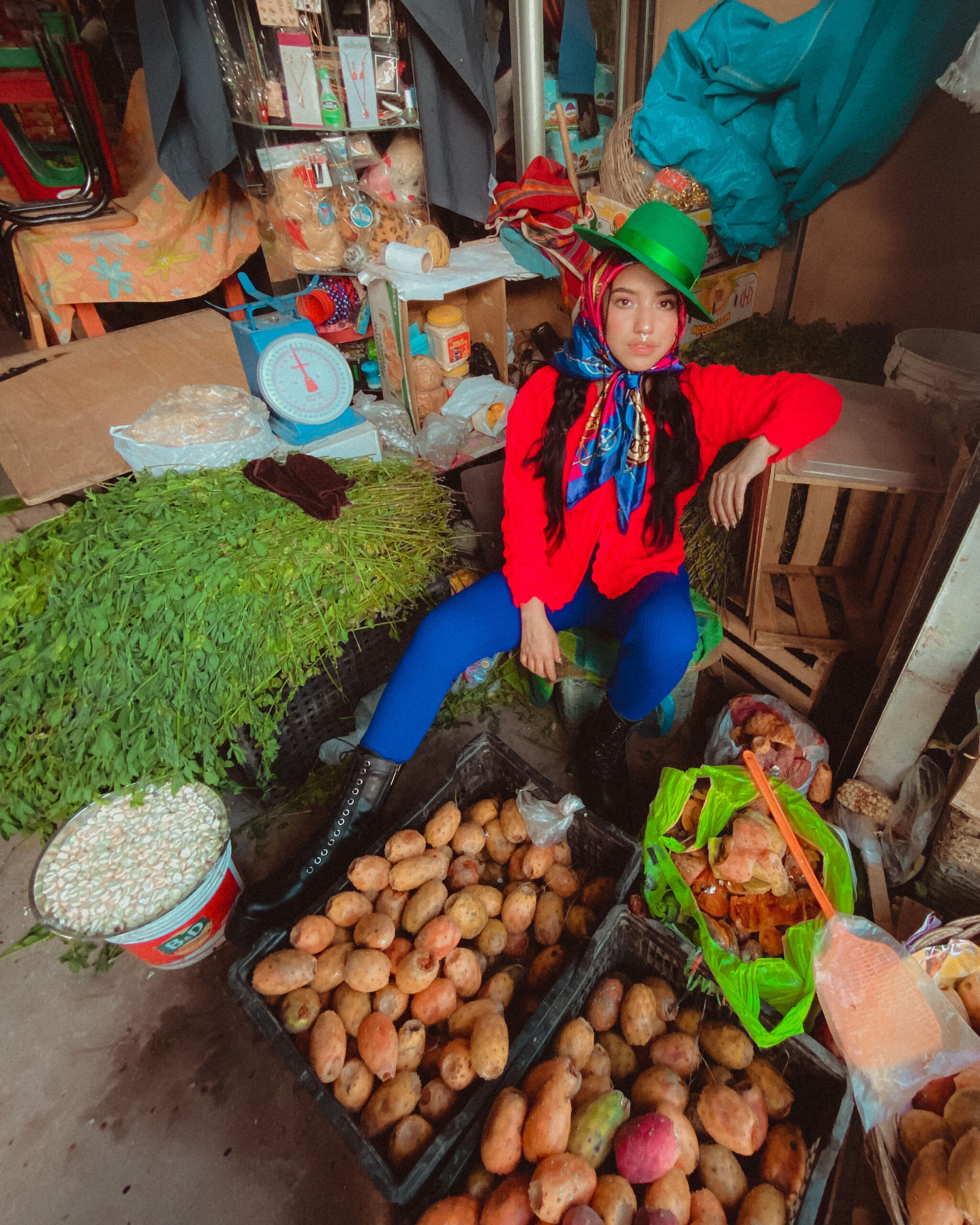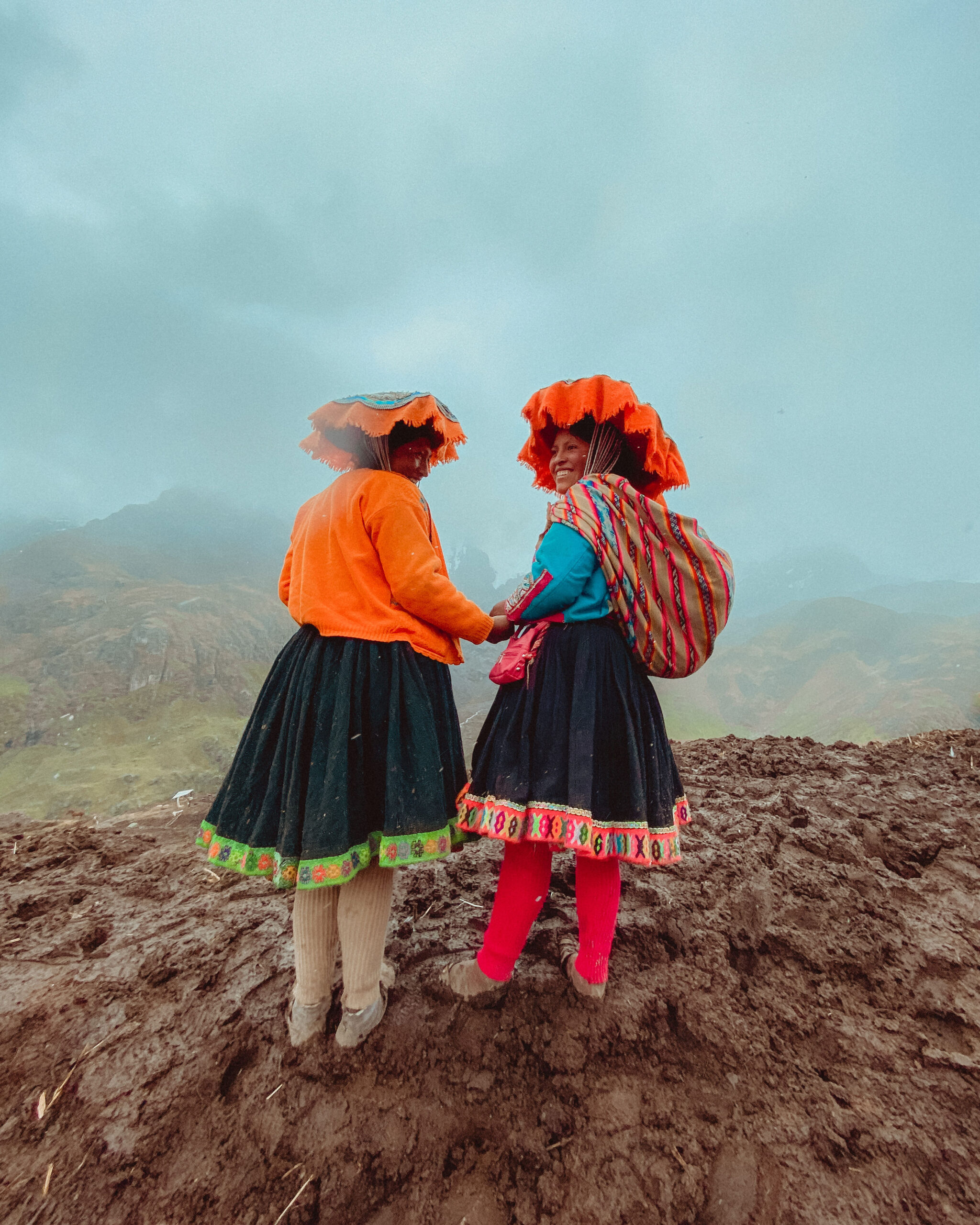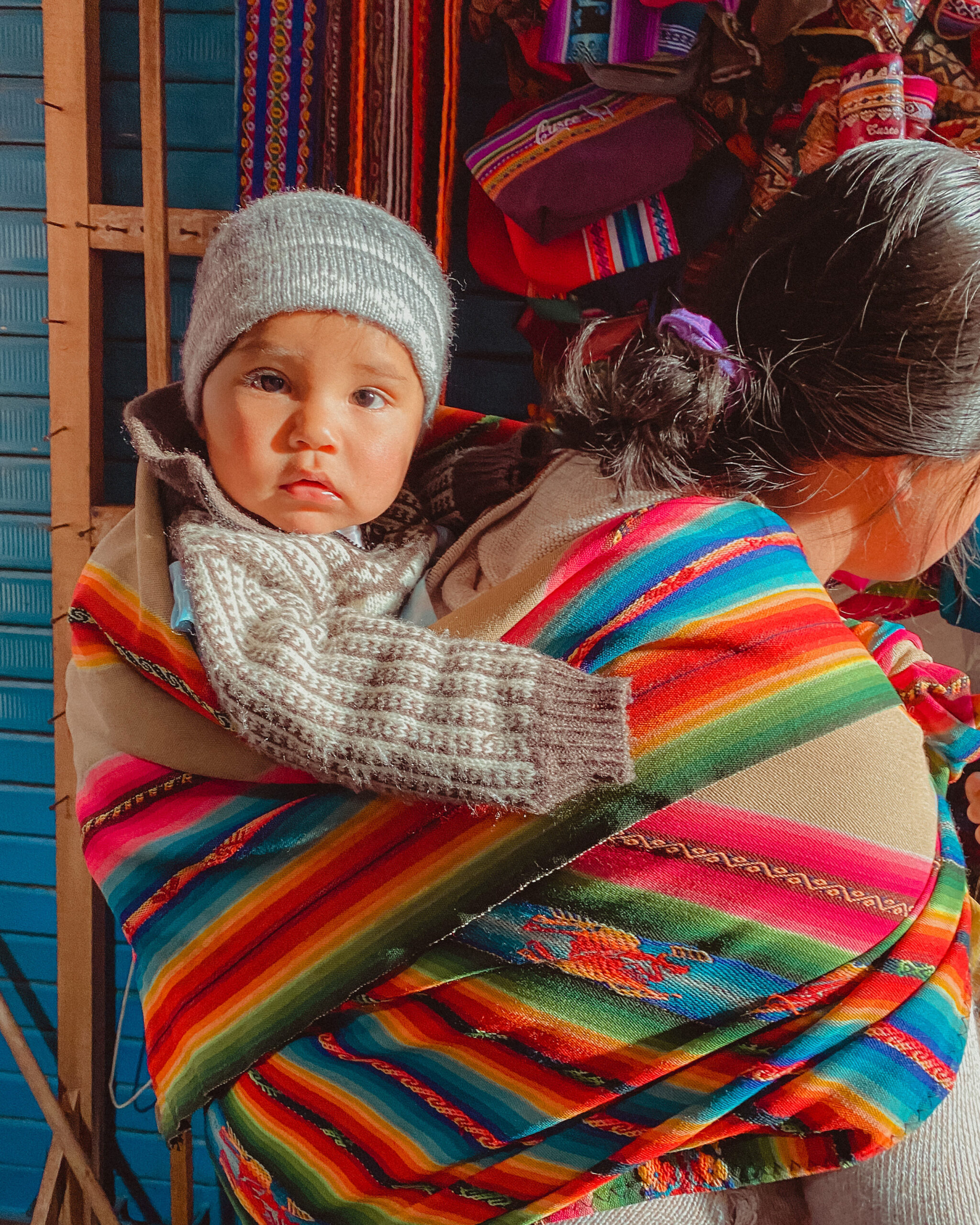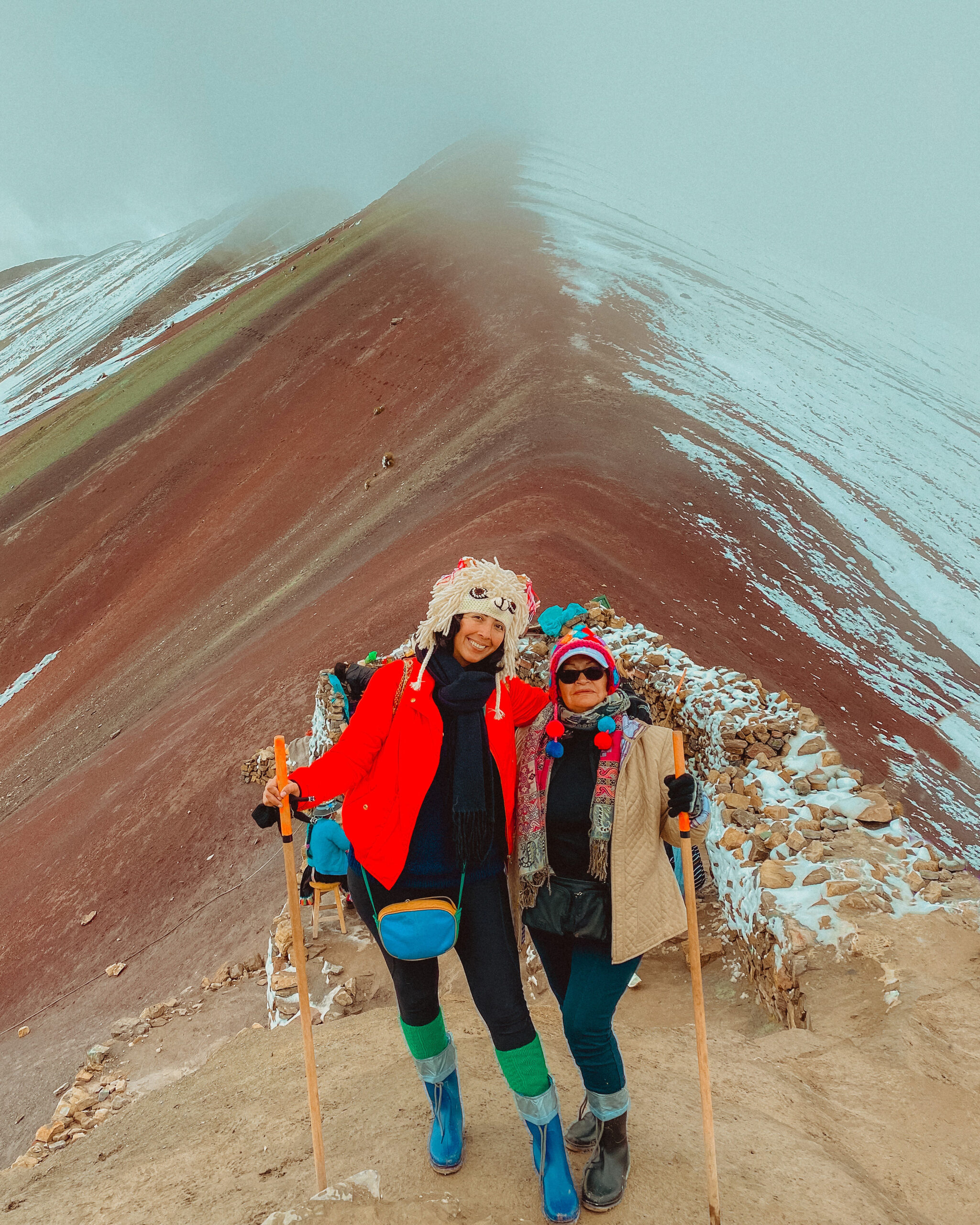We recently asked Peru-born, Miami-based photographer and creative director, Celia D Luna to regale us with stories from her Andean homeland. She sent us some snapshots from her most recent photoshoot in the country to pair with her remarkable story. Inspired by our latest Tigre Sounds Playlist, here’s her take on the inspiring multi-sensory culture on Peru’s colorful streets:
“I remember sitting in the back of a van. My 8 year old self was jumping up and down because of the terrain’s bumpy roads. Los Shapis playing on the radio, a psychedelic cumbia band with tropical and Andean vibes. I couldn’t help but move my shoulders and tap my feet.
In this moment, I’m excited to get to our destination but I’m also nauseous because of the harsh movement of the van. My mom notices, holds my hand and tells me: “We’re almost there, mi amor”. As soon as we arrive, she gives instructions to the tour guide–the van is filled with students and visitors, and her job is to supervise the trip. She is a single working mother and this time, I got to join in the fun too.
While wandering around, I noticed a lady wearing colorful traditional clothing selling corn and cheese (choclo y queso)–my favorite! I have a couple of soles saved and buy myself the one with the most cheese. My mom is busy entertaining the group, so I slowly detach myself and venture on my own.
We’re at a crafts market traditional in Peru and I’m interested to see if I can find an artisan that shows the visitors how to make pottery or textiles. I see llama toys wearing scarves, I see colorful embroidered chullos, bags made out of intricate textiles and sweet locals smiling at me. Suddenly, my mom’s voice breaks my trance: “Ceci, come here! We’re going to eat!”.
I was still a bit full from the choclo y queso, everything smelled really good so I ran to her anyway. We were all sitting around in a circle waiting for the food. My mouth is watering from the delicious scent but I couldn’t figure out where the smell was coming from. I ask my mom and she points to the ground and says “Right there, we’re having Pachamanca”. That’s when I found out that Pachamanca was made in the ground and cooked with hot stones. It’s a classic dish in Peru and consists of red meat, lamb, pork, cuy, chicken, potatoes, sweet potatoes, corn, green lima beans and yucca. A total Peruvian feast!
When my photography work started to take shape, I noticed how I was immensely influenced by my adventures with my mom throughout my life. My love for color and for strong female figures was undeniable. Now that I’m more aware of my inspiration in Peru, I’d like to think that I’m paying tribute to my country and my mom in every photo I take.
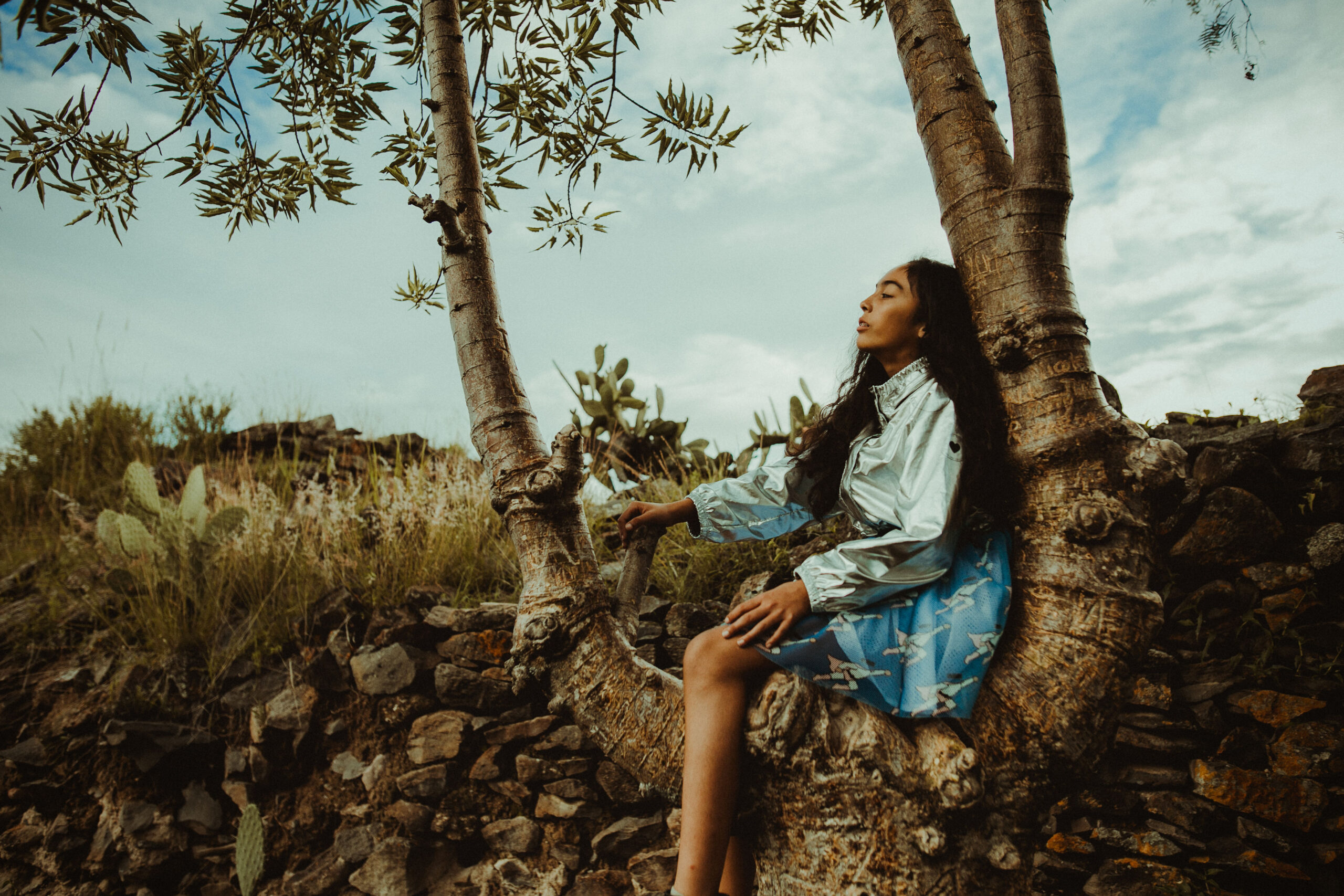
I have lived in Miami for more than 20 years now, which means my attachment to the Peruvian food scene is only as strong as these childhood memories. While I can’t really recommend the coolest Peruvian restaurants or the trendiest bars, what I can tell you is that Peru will embrace you with mountains, extremely talented artisans, the best psychedelic cumbia, finger licking meals, and a rainbow of colors everywhere you look.”
Here’s her take on the best dish to eat in each city:
Cusco: Chiri Uchu
Seaweed, fish roes, guinea pig, charqui (jerky), morcilla (blood sausage), potatoes, corn cakes, cheese and rocoto. It is the most iconic dish of the Cusco cuisine.
Lima: Ceviche
Consisting of slices of raw fish or shellfish that is spiced with salt, onions, and chili peppers, then marinated in lime juice. The acidity of the lime juice cooks the fish, making the texture of the fish change, as does its color – from pink to white.
Arequipa: Ocopa
It is made with fresh cheese, aji amarillo chilis, milk, and huacatay, also known as Peruvian black mint, giving the sauce a unique flavor. The salsa is served with boiled potatoes.
Iquitos: Chonta Salad
Grilled banana plantains (tacacho) with deep-fried beef (cecina) served with chopped onions and dried meat. Or stuffed bananas, a banana dough stuffed with beef and peanuts.
Ayacucho: Puca Picante
A combination of beets, peanuts, potatoes, onions, garlic, aji panca paste, and cumin. If desired, the stew can be enriched with the addition of beef, pork, or chicken.
